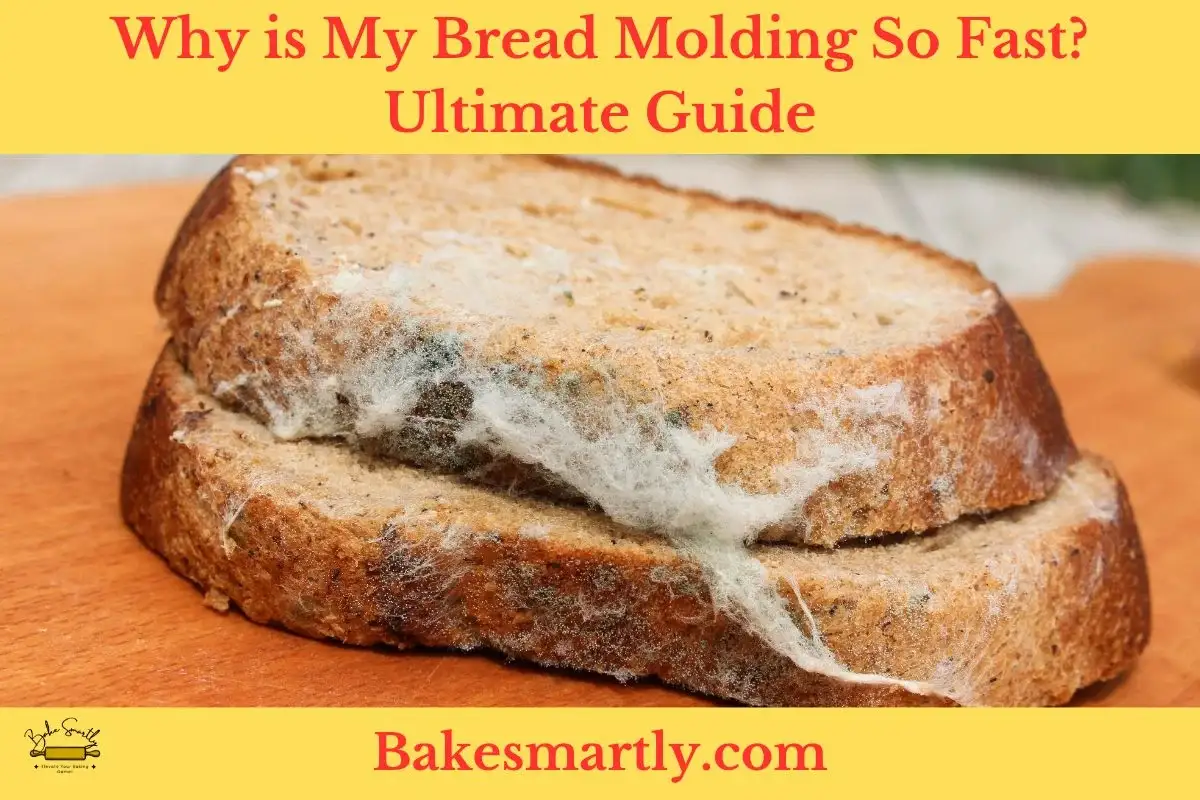
Why is My Bread Molding So Fast? And How to Prevent It
We’ve all been there – you buy a fresh loaf of bread, and before you know it, it’s covered in mold. It’s a frustrating and wasteful experience, but fear not, as we’re here to help you understand why your bread is molding so fast and what you can do to prevent it.
In this article, we’ll explore the science behind bread molding, provide valuable insights, and offer practical tips to extend the shelf life of your bread.
Table of Contents
ToggleThe Science of Bread Molding
Have you ever wondered why bread molds? Let’s delve into the science behind it. Bread is an ideal breeding ground for mold because it provides the three essential elements that molds need to thrive: moisture, warmth, and a source of nutrition.
The moisture comes from the bread’s high water content, and warmth is provided by the room temperature or the environment it’s stored in. As for nutrition, bread offers a combination of starch and gluten, which molds find irresistible.
Factors that Contribute to Faster Bread Molding
The frustrating sight of mold on your bread is not an uncommon one, and it can happen faster than you might think. Several key factors contribute to the rapid molding of bread, and understanding these elements is essential in preventing this unwelcome phenomenon.
1. Stale Bread: Stale bread is more prone to molding. When bread loses moisture and becomes dry, it provides an ideal environment for mold to thrive. The lack of moisture makes the bread less resistant to the development of mold, and it becomes a prime target for spores in the air. So, if you’ve ever wondered why your week-old loaf is more likely to mold, now you know.
2. Improper Storage: The way you store your bread has a significant impact on its shelf life. Storing bread in unsuitable conditions can accelerate the molding process. For instance, leaving your bread out in the open exposes it to more oxygen and fluctuating temperatures, making it a breeding ground for mold. Humidity in the environment can also play a role, as high humidity levels encourage moisture retention in the bread, creating a perfect environment for mold to grow.
3. Contaminated Surfaces: Another common factor contributing to faster bread molding is cross-contamination. When you handle bread or place it on surfaces that aren’t properly cleaned, you can introduce mold spores to the bread, increasing the likelihood of rapid mold growth. To prevent this, always ensure that your kitchen surfaces and hands are clean and free from mold spores.
4. Low-Quality Ingredients: The quality of the ingredients used to make the bread can impact how quickly it molds. Using subpar ingredients can lead to bread that is more susceptible to mold. It’s essential to choose high-quality flour, yeast, and other ingredients when baking or buying bread to ensure a longer shelf life.
5. Temperature: The temperature at which you store your bread plays a significant role in the rate of molding. Warmer temperatures can accelerate the growth of mold, while colder temperatures slow it down. This is why refrigerating your bread can be an effective strategy to extend its freshness.
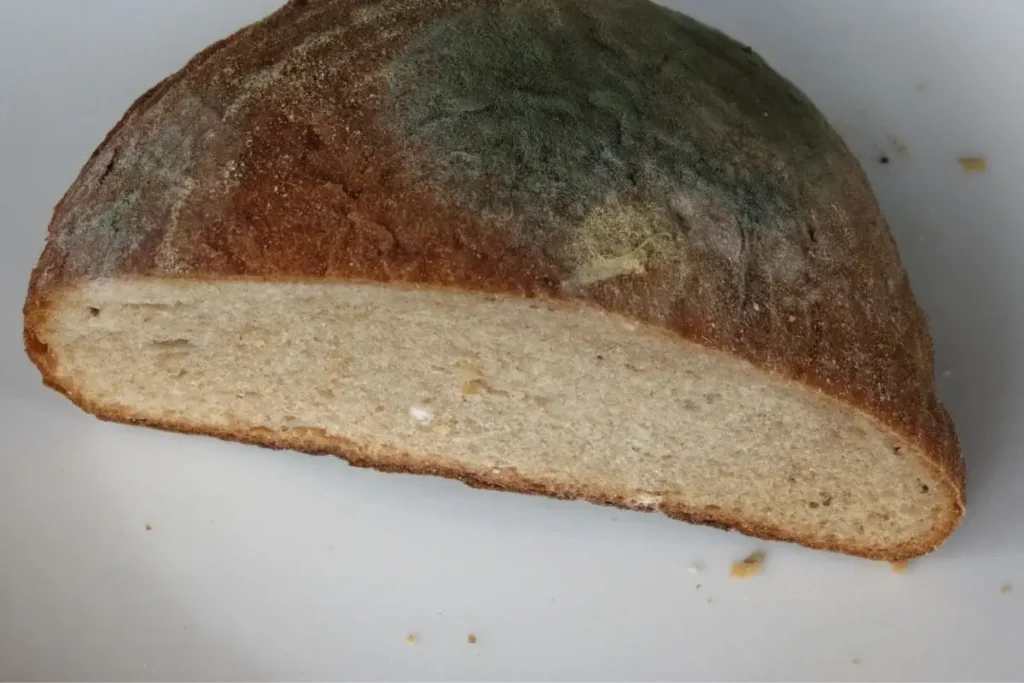
How to Prevent Bread from Molding Quickly
Preventing bread from molding quickly is a common concern for anyone who enjoys fresh, tasty bread. To ensure your loaves stay mold-free for as long as possible, consider these practical tips and techniques.
Proper Storage
Storing your bread correctly is paramount to prevent mold growth. The ideal storage conditions include keeping your bread in a cool, dry place. While it’s convenient to leave bread out on the countertop, especially if you consume it quickly, this can make it susceptible to mold development.
Instead, consider using a bread box or an airtight container to protect your bread from environmental factors that promote mold, such as humidity and exposure to air.
Refrigeration vs. Room Temperature
The debate over whether to refrigerate or store bread at room temperature is ongoing. Refrigeration can extend the shelf life of bread, but it can also alter its texture and flavor.
Bread stored in the fridge may become firmer, and some people find it less enjoyable. If you do choose to refrigerate your bread, ensure it’s in an airtight container to prevent it from absorbing odors and moisture.
If you prefer the traditional texture and taste of bread, storing it at room temperature is perfectly acceptable, provided you consume it within a few days. In this case, use a bread box or an airtight bag to keep it fresh.
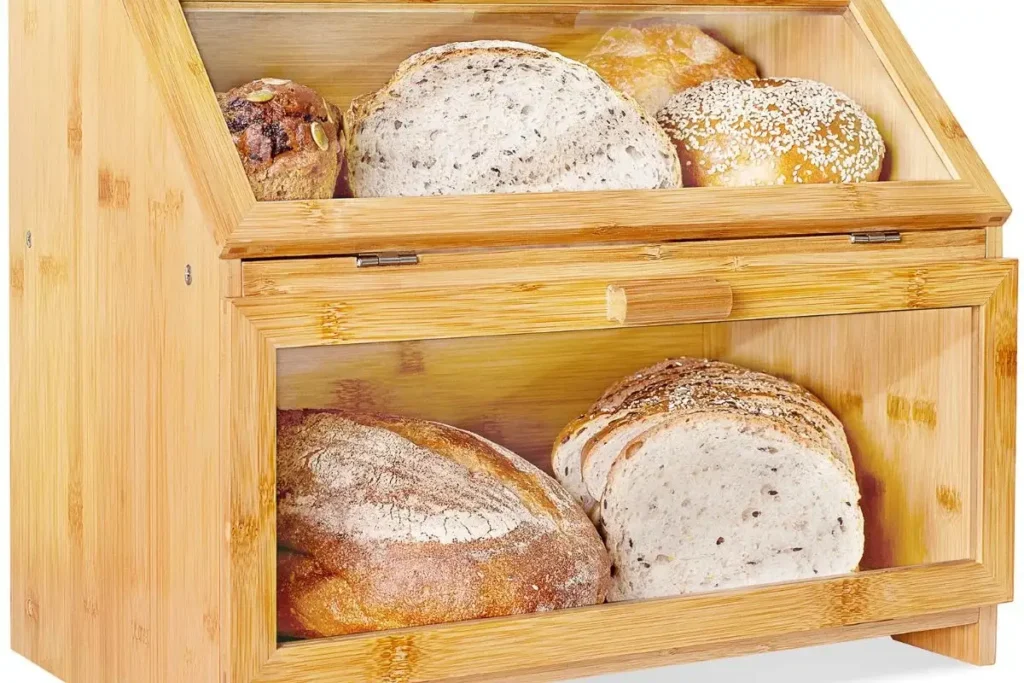
Invest in a Bread Box
A bread box is an excellent investment for those who prefer to keep their bread at room temperature. These containers are designed to maintain the ideal moisture levels for your bread, preventing it from becoming too dry or too moist, which can lead to mold growth. Bread boxes come in various styles and sizes, so you can choose one that complements your kitchen decor.
Quality Ingredients Matter
The quality of the ingredients you use to make or purchase your bread can have a significant impact on its longevity. Low-quality ingredients may result in a shorter shelf life, so it’s worth investing in good-quality flour, yeast, and other components.
If you’re baking your bread at home, pay attention to the freshness of your ingredients, and consider using organic or locally sourced products for the best results.
Slicing Your Bread
The way you slice your bread can also affect its susceptibility to molding. If you’re not planning to consume the entire loaf in one go, consider slicing only what you need and leaving the rest unsliced.
Slicing exposes the inner bread to air, which can accelerate the molding process. Use a serrated knife for clean cuts that minimize exposure to the environment.
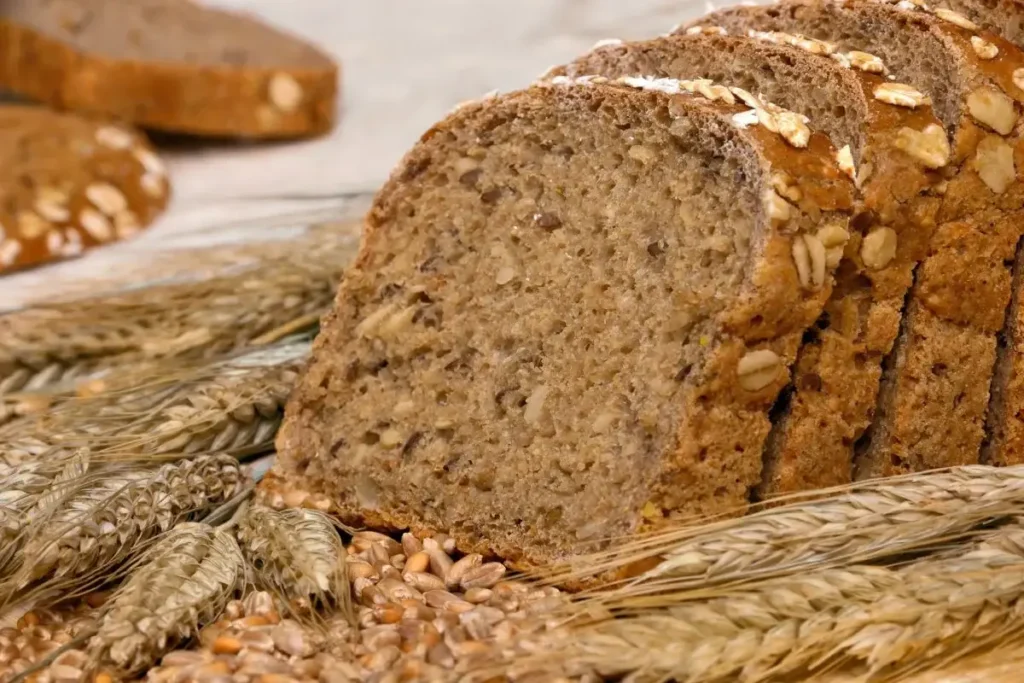
Tips for Choosing the Right Bread for Longer Freshness
When it comes to extending the shelf life of your bread, the choice of bread at the time of purchase plays a significant role. Here are some valuable tips for selecting the right bread that will stay fresher for longer:
1. Check the Expiry Date: The first and most crucial step is to check the expiry or “best before” date on the packaging. Choose bread with a date that allows you enough time to consume it before it goes bad.
2. Opt for Whole Grains: Whole grain bread tends to have a longer shelf life than white bread due to its higher fiber content. The fiber acts as a natural preservative, helping to keep the bread fresh for a more extended period.
3. Look for Unbleached Flour: Bread made from unbleached flour generally lasts longer because it retains more of its natural nutrients and doesn’t go stale as quickly.
4. Sourdough Bread: Sourdough bread is fermented, which makes it less susceptible to mold. It can stay fresh for several days longer than regular bread.
5. Avoid Extra Moist Ingredients: Bread with additional moist ingredients like fruit or vegetables may mold faster. If you’re looking for longer freshness, choose plain bread varieties.
6. Skip the Fancy Packaging: Sometimes, bread in fancy, elaborate packaging can actually have a shorter shelf life. Opt for bread that comes in simple, airtight packaging.
7. Local Bakeries: Local bakeries often provide freshly baked bread without the use of additives. Consider buying from them for a more natural and longer-lasting option.
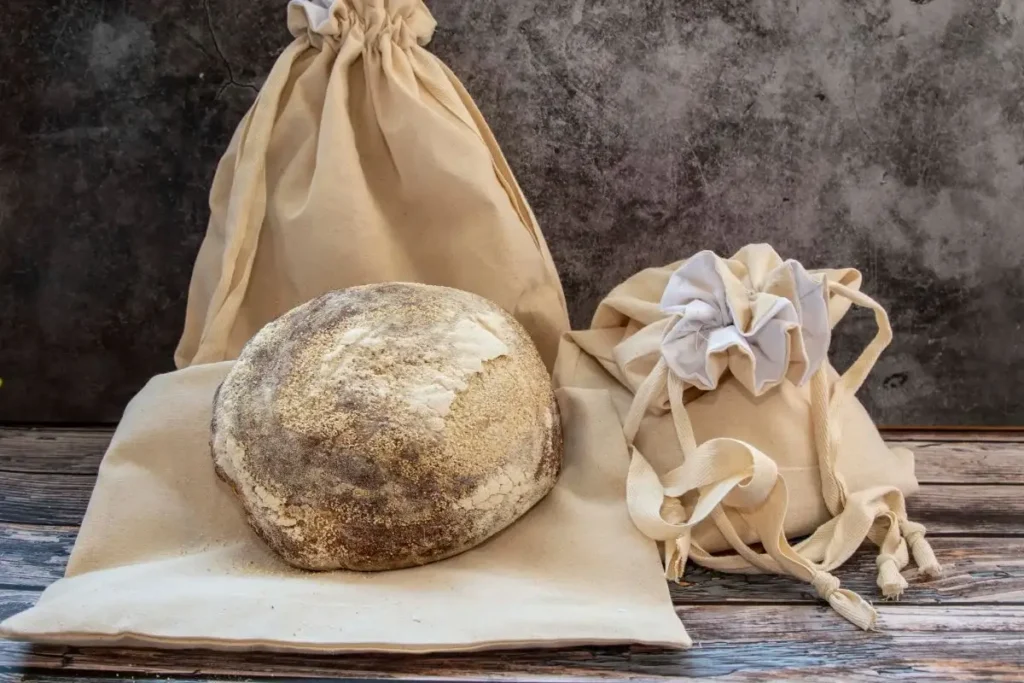
4 DIY Bread Preservation Methods
Ensuring your bread stays fresh for longer doesn’t always require high-tech solutions. There are several simple bread preservation methods that can be quite effective. Let’s explore some of them:
- Freezing: One of the most common and effective DIY methods is freezing bread. Before freezing, slice the bread and wrap it in plastic wrap or aluminum foil, followed by placing it in a resealable bag. When needed, thaw it at room temperature or reheat it in an oven for a freshly baked taste.
- Vacuum Sealing: If you’re serious about bread preservation, invest in a vacuum sealer. It removes air, preventing mold growth and freezer burn.
- Homemade Bread Bags: You can make your own bread bags using natural fabrics like cotton. These breathable bags can help regulate moisture and extend the shelf life of your bread.
- Use Bread Clips: Keep the opened end of your bread loaf secured with plastic or metal bread clips. This simple solution helps maintain freshness.
These DIY bread preservation methods are not only cost-effective but also eco-friendly, reducing food waste and ensuring that your bread stays mold-free for an extended period. Try them out to enjoy your bread longer and save on frequent grocery runs.
Common Misconceptions About Bread Molding
Misconceptions about bread molding are widespread, often leading to confusion about how to handle this common issue. Here, we’ll tackle some of these myths and provide clarity.
One prevalent misconception is that freezing bread will prevent mold growth entirely. While freezing can extend bread’s shelf life, it won’t eliminate mold development. Freezing can alter the texture and taste of bread, making it slightly different upon thawing.
Another belief is that sliced bread molds faster than a whole loaf. In reality, both can mold at a similar rate. The key factors influencing molding are moisture content and storage conditions, not whether the bread is sliced or not.
Lastly, some individuals experiment with allowing bread to mold intentionally, believing it will be safe to consume after removing the affected parts. This is not recommended, as mold can have invisible spores that spread and can be harmful. When in doubt, it’s best to discard moldy bread to ensure your safety.
Why is My Bread Molding So Fast? | Final Thoughts
In conclusion, understanding the science of bread molding and the factors that contribute to it is the key to preventing the frustration of wasted loaves. Stale bread, improper storage, contaminated surfaces, low-quality ingredients, and temperature all play a role in the rapid molding of bread.
To extend your bread’s shelf life, proper storage is essential, whether that’s in a cool, dry place, a bread box, or airtight containers. Quality ingredients, thoughtful slicing, and choosing the right bread at purchase also make a difference. Lastly, DIY preservation methods like freezing, vacuum sealing, homemade bread bags, and bread clips are practical and eco-friendly solutions.
Debunking common misconceptions about bread molding ensures you enjoy fresh, safe bread for longer. So, with these insights and tips, you can bid farewell to moldy loaves and savor your bread as it was meant to be enjoyed.
Lindsey Mackenzie
About me
Hi there! I’m Lindsey Mackenzie, the founder of Bake Smartly. Baking has been my passion since childhood, growing up in my father’s bakery. With Bake Smartly, I’m excited to share my love for all things sweet and savory. Join me on this delicious journey as we whip up scrumptious treats and sprinkle joy into every bite!






